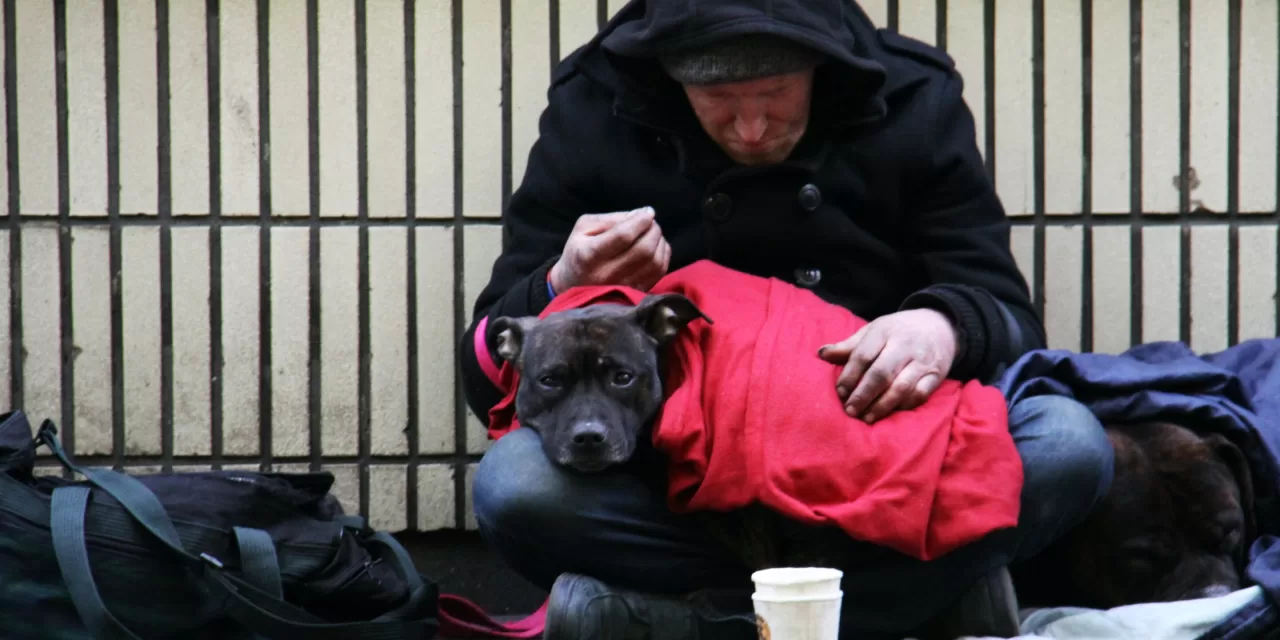A groundbreaking study led by researchers at UC San Francisco has shed new light on drug use trends among homeless adults and the challenges they face in accessing treatment. The study, which surveyed more than 3,200 individuals experiencing homelessness, is the most comprehensive analysis of its kind since the National Survey of Homeless Assistance Providers and Clients in 1996.
Key Findings on Drug Use Patterns
Contrary to common perceptions, less than half (37%) of homeless individuals reported regular illicit drug use in the six months before the survey. Additionally, 25% of participants had never used drugs in their lifetime. While drug use remains a factor in homelessness, the study emphasizes that most people experiencing homelessness are not consistently using illicit substances.
Methamphetamine use emerged as the most common drug of choice, with 33% of participants reporting regular use. In comparison, 10% reported regular opioid use, and only 3% reported frequent cocaine use. Researchers noted that methamphetamine use is particularly prevalent among unsheltered individuals, possibly due to its effects in keeping users alert in precarious living conditions.
Homelessness and Substance Use: A Bidirectional Relationship
The study found that drug use and homelessness often reinforce each other. About 42% of respondents reported using drugs regularly before becoming homeless, while 23% started regular drug use only after losing stable housing. These findings highlight the complex interplay between substance use and housing instability.
Lead researcher Dr. Margot Kushel, director of the UCSF Benioff Homelessness and Housing Initiative (BHHI), emphasized that while drug use increases the risk of homelessness, being homeless itself can drive individuals to use drugs as a coping mechanism. “Our research challenges stereotypes and underscores the urgent need for solutions that address both substance use and housing insecurity,” Kushel stated.
Treatment Barriers and Unmet Needs
A significant barrier identified in the study is the lack of access to treatment for substance use disorders. While 7% of respondents were in treatment at the time of the study, a much larger proportion—21%—reported wanting treatment but being unable to access it. This gap in care underscores the systemic challenges that many homeless individuals face when seeking support for addiction recovery.
Moreover, 20% of participants had experienced at least one non-fatal overdose in their lifetime, and 10% had overdosed while homeless. The researchers advocate for expanded access to naloxone, a life-saving medication that can reverse opioid overdoses, as part of a broader harm reduction strategy.
Dr. Ryan Assaf, assistant professor in the Division of Health Equity and Society at UCSF and first author of the study, emphasized the importance of integrating housing and substance use treatment efforts. “We know how to treat substance use, but it is difficult to do so effectively when individuals remain unhoused. Reducing barriers to treatment must go hand in hand with efforts to provide stable housing,” Assaf explained.
Broader Implications
While the study was conducted in California, researchers believe the findings reflect national trends, especially in regions with high rates of unsheltered homelessness. The report is part of the ongoing California Statewide Study of People Experiencing Homelessness (CASPEH), which has also examined issues such as pregnancy, aging, and intimate partner violence among homeless populations.
According to the U.S. Department of Housing and Urban Development, more than 770,000 people were experiencing homelessness on a single night in January 2024—a staggering 18% increase from the previous year. California, despite representing 12% of the U.S. population, accounts for 28% of the country’s homeless population, with nearly half of those individuals living unsheltered.
The study’s findings highlight the urgent need for comprehensive policies that integrate substance use treatment, housing support, and harm reduction strategies to address homelessness effectively.
Disclaimer: This article is for informational purposes only and does not constitute medical, legal, or policy advice. Readers seeking assistance with substance use disorders or homelessness are encouraged to consult relevant professional services or local organizations for support.












